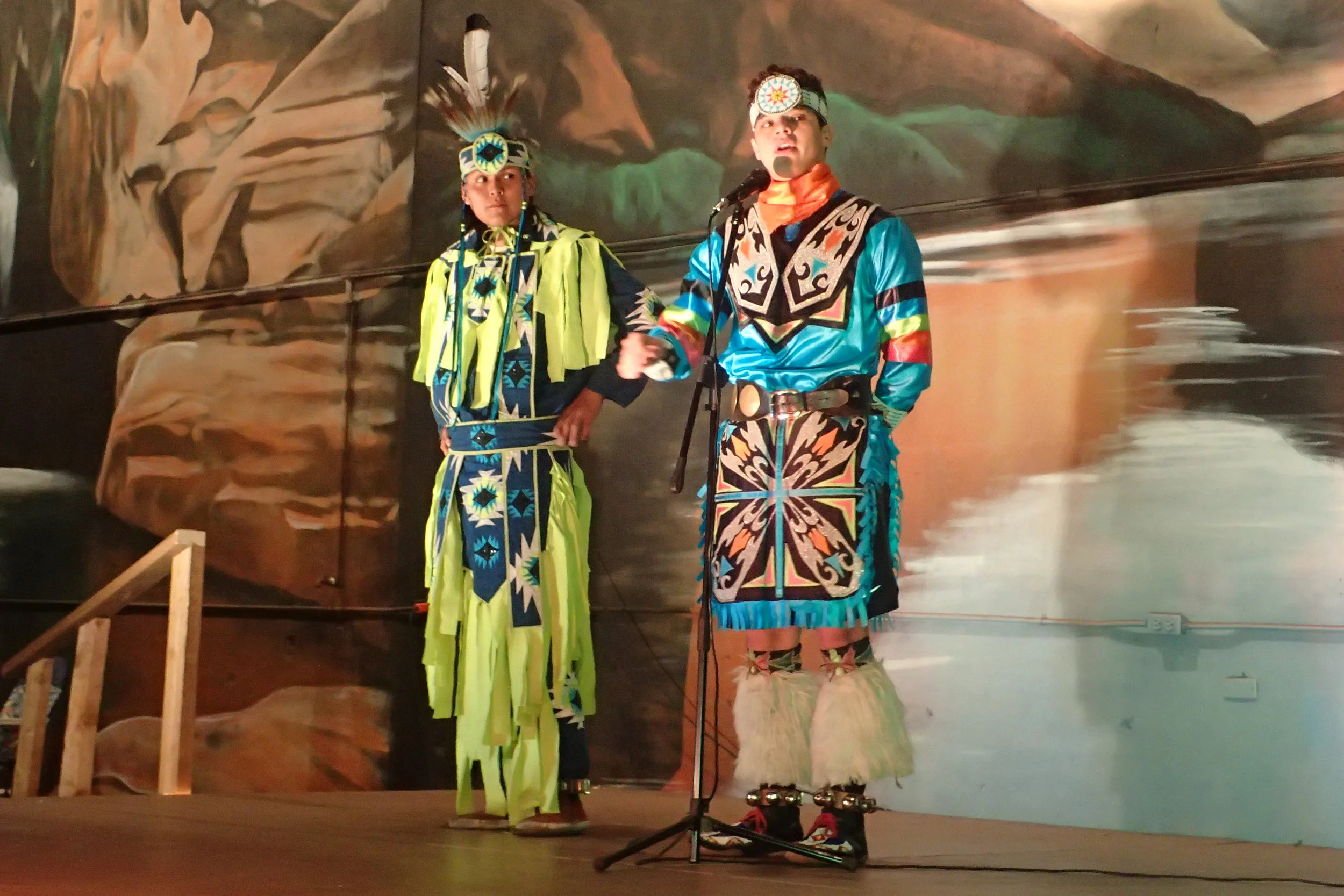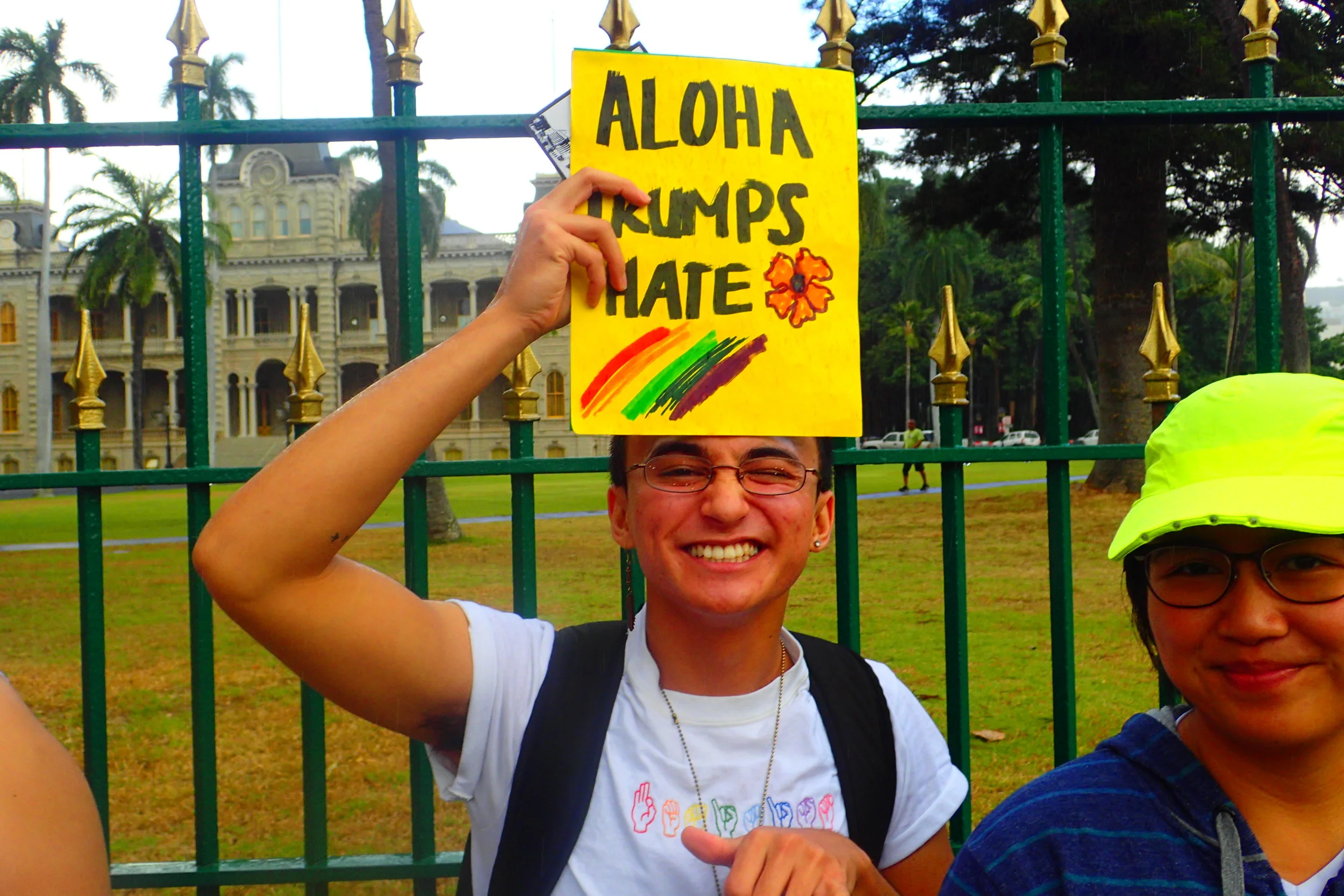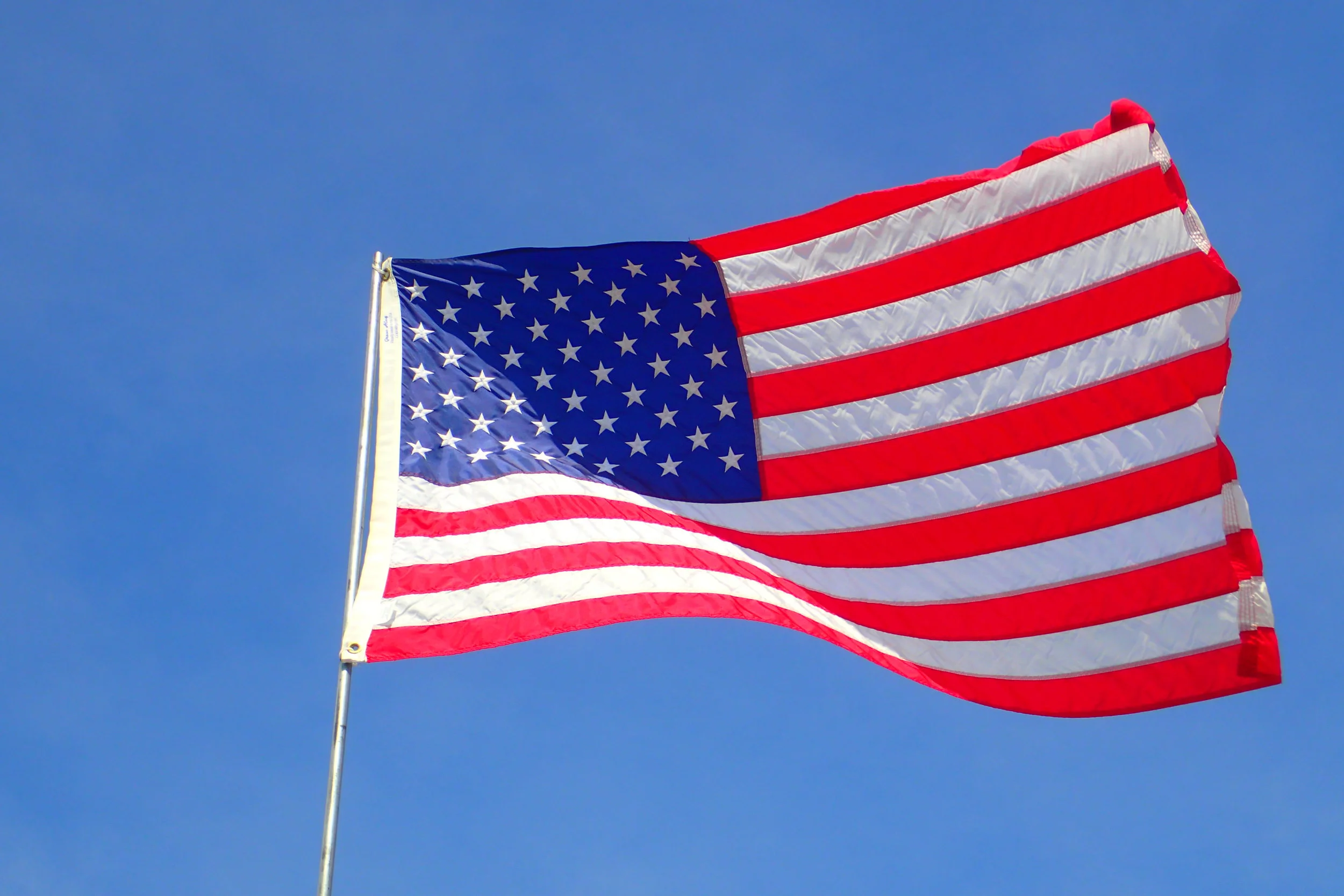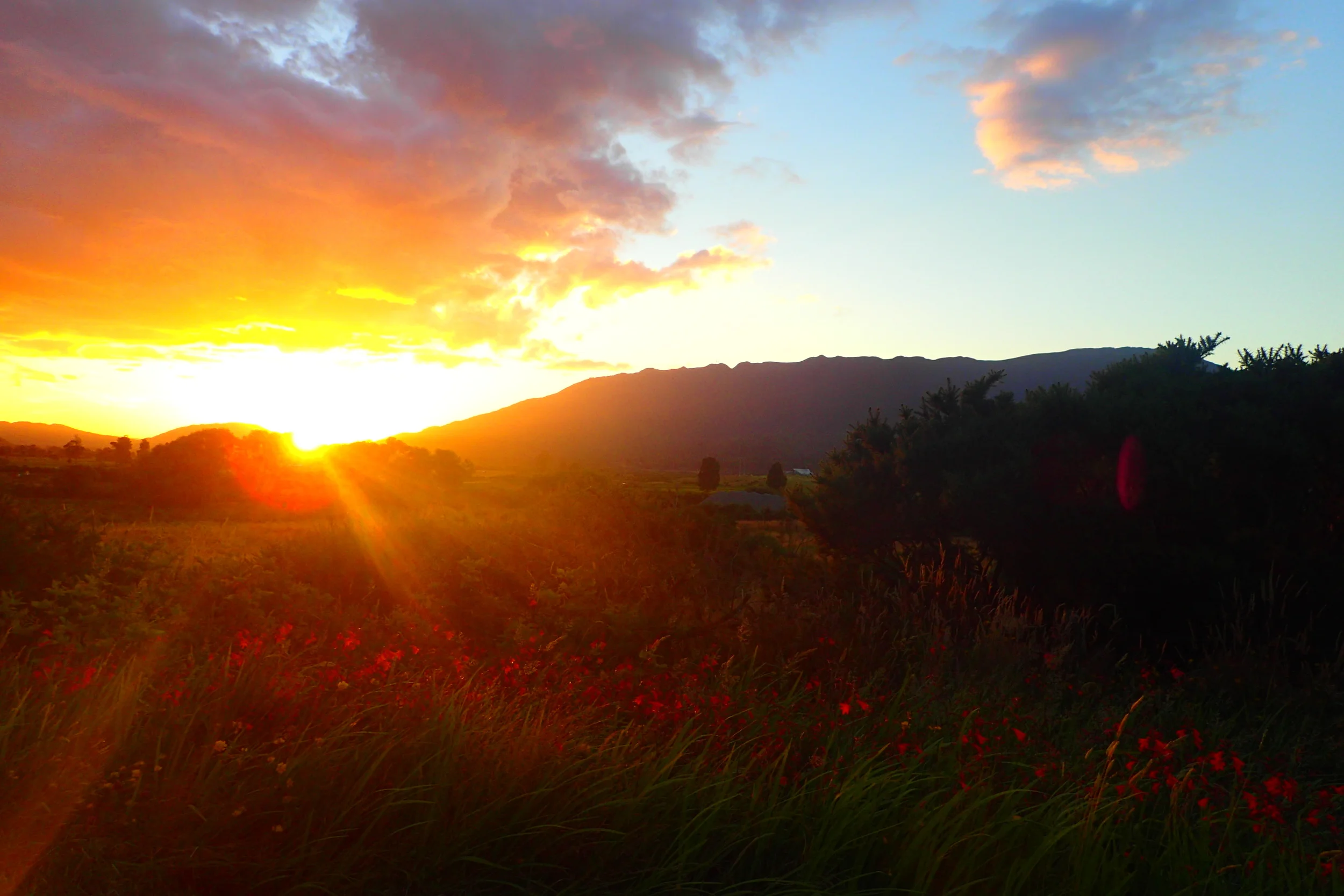I spent July 4th, my last night in the southwest, in Flagstaff, Arizona. That night, I celebrated America's independence with my couchsurf host, Jeremy. Before my flight the next day, I made sure to pay my respects to the indigenous peoples of the region.
Before America became an independent nation, native tribes and cultures were involuntarily eliminated. We often forget this.
So, in this post, I touch on information about Arizona's native peoples. I visited some of the Hopi ancestors' preserved sites near Flagstaff. I also experienced the Diné (Navajo) peoples' modern presence throughout my stay in Arizona.
Historic Sites of Indigenous Peoples
My couchsurf host, Jeremy, was a transplant from the east coast. But he was very familiar with all that Arizona had to offer, including its historic, Native American sites. He gave me a few different options and I chose Walnut Canyon.
Walnut Canyon costs only $8 to enter and includes a few trails around the area. There are also free tours you can take with rangers. I joined a tour along the Rim Trail for some background before exploring the canyon on my own.
Hopi Ancestors of Walnut Canyon
The Anasazi and Sinagua people are ancestors of the Hopi tribe. They dwelled in what the Spanish called pueblos—or cliff dwellings—in Walnut Canyon.
Walnut Canyon got its name from the Arizona black walnut found there. The ranger on my tour showed me one of these walnuts. She said the tribes likely used the black walnut in recipes. It was a large part of their diet.
The cliff dwellings, with their rectangular room blocks, mark their most unique tradition. Researchers and tribal consultants debate why they settled in the canyon. Some believe it was for social reasons. Others say it was ceremonial. Still, other reasoning suggests it was for refuse or protection.
Whatever the reason, the Anasazi and Sinagua were there from 1125-1250. And they left behind the dwellings and many relics.
In the late 1800s, people visited the site and freely dug for souvenirs, taking them from the site. People lobbied for the site to have federal protection. President Wilson finally established Walnut Canyon a protected National Monument in 1915.
Petroglyphs at Picture Canyon
One of my favorite memories from visiting Arizona when I was 12 years old was seeing "cave paintings." My family and I took a raft down the Colorado River to a site where we saw them. So I was eager to see more.
The ranger on my tour told me about a nearby hike to a location where I would find petroglyphs. Petroglyphs are actually what I saw when I was 12. They are not cave paintings but carved pictures into rock.
I found Picture Canyon on google maps and followed my GPS there. I followed Walnut Canyon Road across Highway 40 to Route 66. Turning right onto Rain Valley Road, I follow it to the start of the Arizona Trail.
The Arizona Trail led me along what was not quite a well-beaten path. Still, the path meandered through Picture Canyon Natural and Cultural Preserve. There were fields and wooded areas and paths.
The path also crossed a wooden bridge over a stream at one point. This is where I had to choose right or left. Looking at a sign posted here, I chose to go right. And I chose correct!
Not 100 meters down the trail, I stumbled upon an outcropping of rocks. These rocks had vivid petroglyphs etched into them. The exact meaning behind these pictures are largely uncertain. But informational signs nearby explained some of the images. For instance, I could make out birds, four-legged animals, humans, and suns.
The sight of them was elating! How cool is it to think native peoples sat here drawing the pictures hundreds of years ago?
Okay, I'm pushing my nerd glasses back up my nose now.
All in all, picture canyon was an awesome little hike and a great historical activity. I'm so happy I experienced it right before boarding my flight back to New York.
Native Americans in Arizona Today
Historic sites are not all the Native American experiences I encountered.
The Diné (or Navajo) peoples have asserted themselves into Arizona's modern day tourism industry. They sell jewelry and souvenirs at various locations. They also educate about their culture through other means, like food and entertainment.
Native American Goods For Sale
All over Arizona are jewelry stands and gift shops selling Native American art, jewelry, and artifacts. I often approached these places with caution. Native American families own and operate the majority of these establishments.
But I was still mindful about what I was buying and who I was buying it from.
We treated the native peoples of this country terribly throughout history. And our government still treats them like second class citizens. Native Americans are largely ignored in this country. So it's particularly despicable when companies appropriate their culture for profit.
I thought a lot about cultural appropriation as I spent time in Arizona consuming their culture. Jewelry stands in particular brought this to mind. I wondered if buying and wearing native-made jewelry was cultural appropriation.
But most agree that it's the source of that jewelry that determines if you should consume and wear it.
There are many Native Americans who set up shop on the side of Route 89 from Flagstaff to Page. In my mind, these were the right sources to buy from. I'm sure there are gift shops ethically selling Native American goods all over the place. But I felt most comfortable buying roadside jewelry directly from Diné families.
The money I spent supported the Diné families or the Diné artists and nobody else. As the ones representing their own culture, I could trust that they were selling me acceptable items for White folks from New York to wear.
Dinner and Native Dancing at Into The Grand
While in Page near Lake Powell, my Airbnb host, Aemi, told Erin and I about a local cultural experience. She said we could get dinner and a show at Into the Grand for only about $28 per person.
Aemi used to work at Into the Grand as a waitress, so she knew the family who operated it and their ethical business practices.
Hoss Anderson owns and operates the venue. He's a White man with a family history in the region. The entertainers he employs are Diné.
Hoss tells the story of Robert Sanderson who was among the first 100 people to raft through the Grand Canyon in 1947. The venue also serves as an exhibit for this history. Various rafts and large murals depicting Grand Canyon imagery decorate the warehouse space. This provides a wonderful, local atmosphere to the experience.
An acoustic guitarist welcomes visitors as they arrive with well-known cover songs. Hoss shakes each visitor's hand and learns their names. Then they serve chips and salsa after you take a seat.
Hoss sings along with the guitarist and then tells the story about his family history.
This goes on after your server tells you about the main course: a traditional Navajo fry bread main dish. You choose from vegetarian, beef, chicken, or pork options. Dessert is also served. It was a very filling meal for a great price with all the entertainment provided.
Below, I share a video mash-up of the various dances we saw performed throughout dinner. Young Diné people performed the dances to live music. But first I want to give some background:
When Hoss introduced the performers, he explained that the outfits the dancers wear are not costumes. I heard this as an important acknowledgment about cultural appropriation. Native American garb is often inappropriately worn for Halloween, for example. Instead, Hoss emphasized that the outfits are regalia. And they perform pow wow dances in this regalia for competition and socializing. They are not their more sacred dances reserved for ceremony and ritual.
Among the performances were a (1) Grass Dance; (2) Jingle Dress Dance; (3) Native American Hoop Dance; and (4) Fancy Shawl Dance. These represented both traditional and modern pow wow dances.
After dinner, we had a great conversation with the performers. This included the last performer, Tomas Hunt, a championship hoop dancer. Tomas is also the founder of Yellow World Productions, a Native American performance group that travels, educates, and performs around the nation.
Into the Grand is a truly wonderful establishment that educates tourists and responsibly celebrates Native American culture. It's a great place to show support to while in the Lake Powell region.
In Conclusion
I had a great time exploring some of the historical Native American sites around Arizona. I also loved getting to know some of the modern culture through their jewelry, food, and dance. I encourage anyone traveling to Arizona to check out the same places I went. In particular, do not miss Into the Grand if you're near Page!





